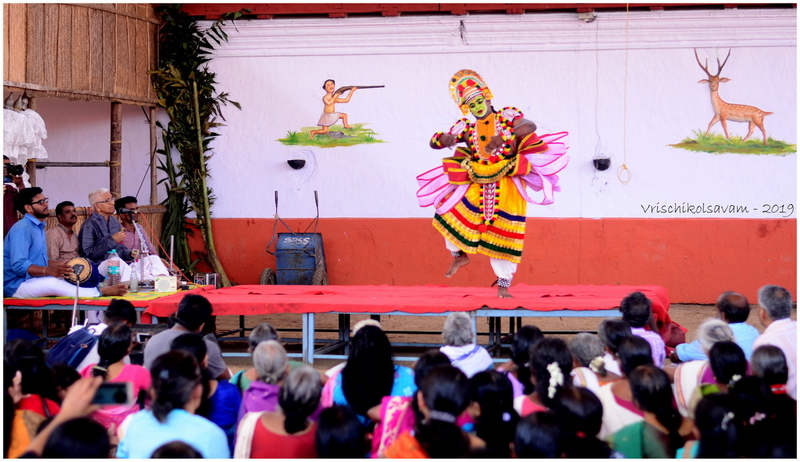Imagination, creativity, emotions - when all these faculties spring up elegantly in diverse forms from the human mind, it results in an art form. When an art gets refined to perfection and outlive the concept of time, it becomes a classical art form. Add to it the element of divinity and it transforms into a classical temple art form! What best can we find around as a classic example for this other than our own Carnatic Music!
Music is an art which is complete in nature and one which can be conceived in varied ways. It allures the rich and poor alike and springs up all the myriad human emotions in its own unique way. However, classical arts, including Carnatic Music is not really viable for couch-entertainment. In its core form, Carnatic Music is resolutely serious, structured, sublime and extremely sophisticated in nature even while providing the artist the freedom to explore through his imaginations. It demands genuine application of mind and intellect to decipher the nuances to truly appreciate it. Only to its ardent devotees does it reveal its sublime form coming out of its evasive veil. Then what about those who are exponents of this art form? Those timeless doyens!
The life and lifestyle of twenty-two such great masters of Carnatic Music is what Sriram V lucidly presents in his classic book - Carnatic Summer - Lives of Twenty-Two Great Exponents. Even those with passing interest in Carnatic Music are sure to get fascinated by this simple book rich with intense, creative, emotive and sometimes abrupt lives of those great giants of past.
Starting with the uncrowned emperor Ariyakkudi Ramanuja Iyengar who set the Carnatic concert format (which is followed even now) we move on to Chembai's joyful music sung with complete abandon then to imaginative Maharajapuram Viswanatha Iyer, Bhava rich Musiri Subramania Iyer, monumental Semmangudi, Adonis style of GNB, Sweetness of Madurai Mani Iyer and the list goes on to M S Subbulakshmi, D K Pattammal, M L Vasanthakumari, Palghat Mani Iyer with the eventful lives of out-of-world wizards T N Rajarathinam Pillai and T R Mahalingam standing very unique.
Even while soaking in their rich music, we wonder how most of these souls go through unimaginably eccentric and roller-coaster rides in their lives as if they are destined for it - their divine and spotless music often perforated by inexplicable ego and endless pursuit of sensory pleasures. It is said, Gandarvas come to earth as a curse and they go through complicated but unimaginably talented life. Many times we wonder aren't these really the Gandharvas reincarnated? However odd their personal lives turn out to be, these souls have come down to earth just for their music. They not only flourished in it, but revolutionised this art so much that even the present day practitioners look back at them with great awe!
Going through the life story of each of these exponents in this book, with their music played in the background (listen it online :) is the best way to celebrate this book. Thanks to my music friend, Gangadharji, who recommended this book to me. He had one suggestion though - "It should have had the life of MDR as well included in it." However, apart from that unfortunate miss, this is one book every Carnatic Music aficionado must read and then re-read (between its lines) - a book for all seasons and all reasons without doubt!
***



















